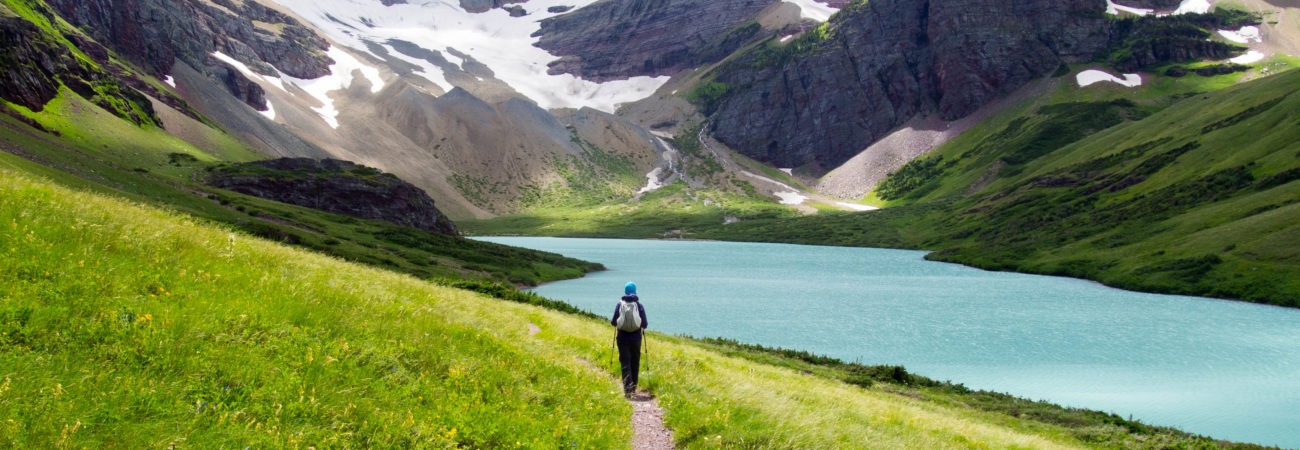Anyone who has ever raved about the baby gear storage capacity beneath any given stroller is lying. Or maybe their child isn’t yet old enough to hop in and out of the stroller on the ride, repeatedly tossing found items into that storage space. Or maybe they’re simply taking walks in barren parking lots.
Either way, in my experience, that space is mainly good for one thing: leaves, feathers, sticks, and rocks — and don’t think about stuffing even a jacket in on top of those goodies, lest it accidentally damage a leaf. This isn’t limited to strollers, of course. Essentially any outdoor kids’ ride-on item is likely to be filled with the loot of the day’s walk (and maybe of the day’s before that, and the day’s before that. Oops.)

While many protected natural sites request that visitors leave nature where it is (“Leave No Trace” also means “leave no trace of your toddler’s grabby hands”), the same doesn’t apply to neighborhood, and many other, walks. There’s certainly some motivation to limit what children pick up outdoors, and it’s good to enforce those limits when appropriate. For example, when your nature shelf is running out of room and you are due to return its contents to the outdoors before starting fresh, or when pockets are already full, or, maybe, you’re running on parent-of-a-newborn levels of sleep and find yourself shrieking when entering your toddler’s room. I will never forget the summer that collecting cicada shells was a thing in our house, except I wasn’t present for the collecting itself and was constantly startled, thinking cicadas had invaded so many surfaces of our home.
For the most part, though, it is reasonable to expect and allow small items to find their way into pockets during a walk or outdoor play. Searching for and collecting treasures on a walk is evidence of careful attention to surroundings, and can inspire further curious inspection later, at home. Indeed, looking for the next pebble, feather, red leaf, and so on, can infuse energy in small walkers who might otherwise grow tired.
For both children and adults who want context for the importance of collections, check out “What’s in Your Pocket? Collecting Nature’s Treasures,” by Heather L. Montgomery.

The book provides an overview of nine scientists, considering what they might have put in their pockets as children, and then detailing what they grew up to be interested in and study. The nine are George Washington Carver, Charles William Beebe, Jane Goodall, Charles Darwin, Margaret Lowman, Diego Cisneros-Heredia, Mary Anning, Maria Sibylla Merian, and Bonnie Lei. In this list, Montgomery provides a range of voices that encompasses multiple time periods, races, and genders. She also offers additional reading selections for those who want to know more about the individuals profiled.
A good book to use as a jumping-off point for naturalist study, it is easily relatable to kids who want to pick up everything (and the adults who still can’t resist, sometimes!). Linking the childhood habits of the featured scientists to their adult vocations also legitimizes play as preparation for engaging work. While carrying childhood interests into the world of jobs isn’t a necessity, preserving the sense of wonder found in those original collections can add a dimension of joy to any pursuit.



